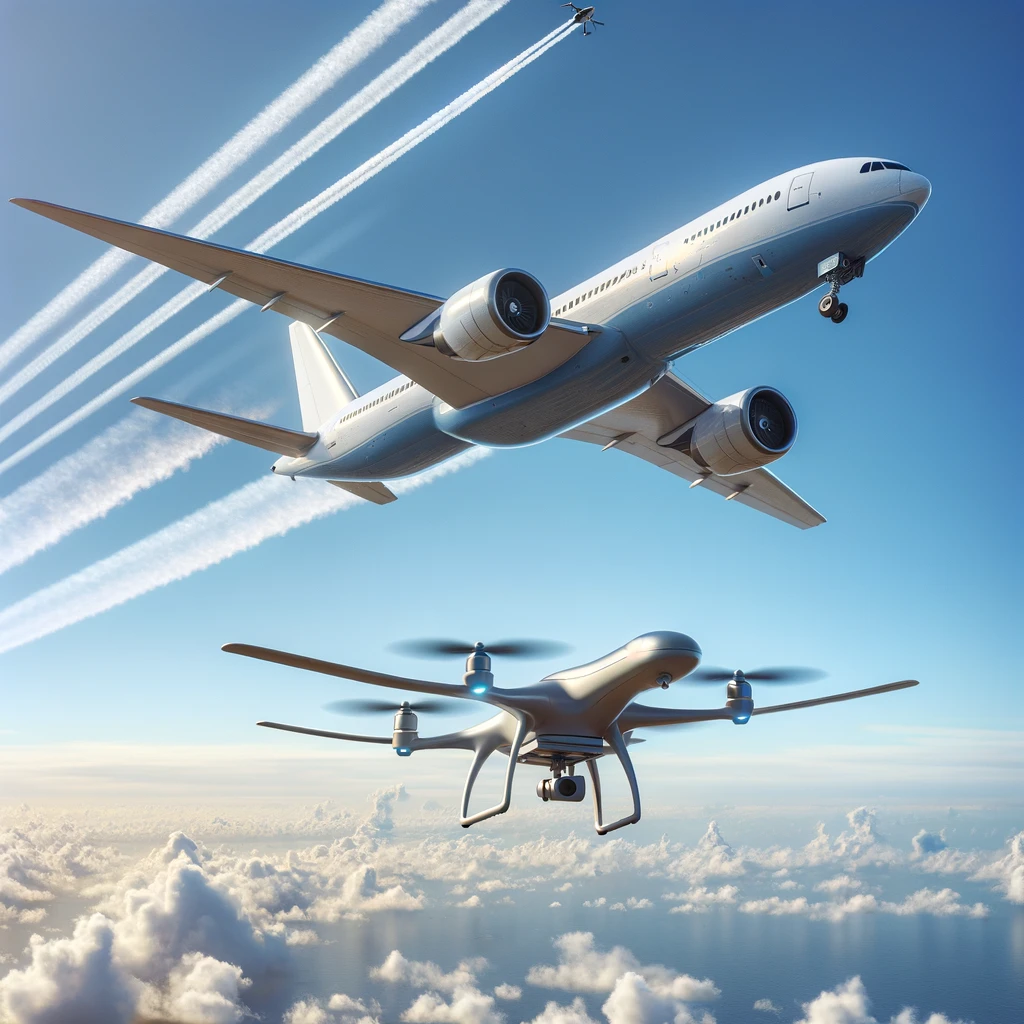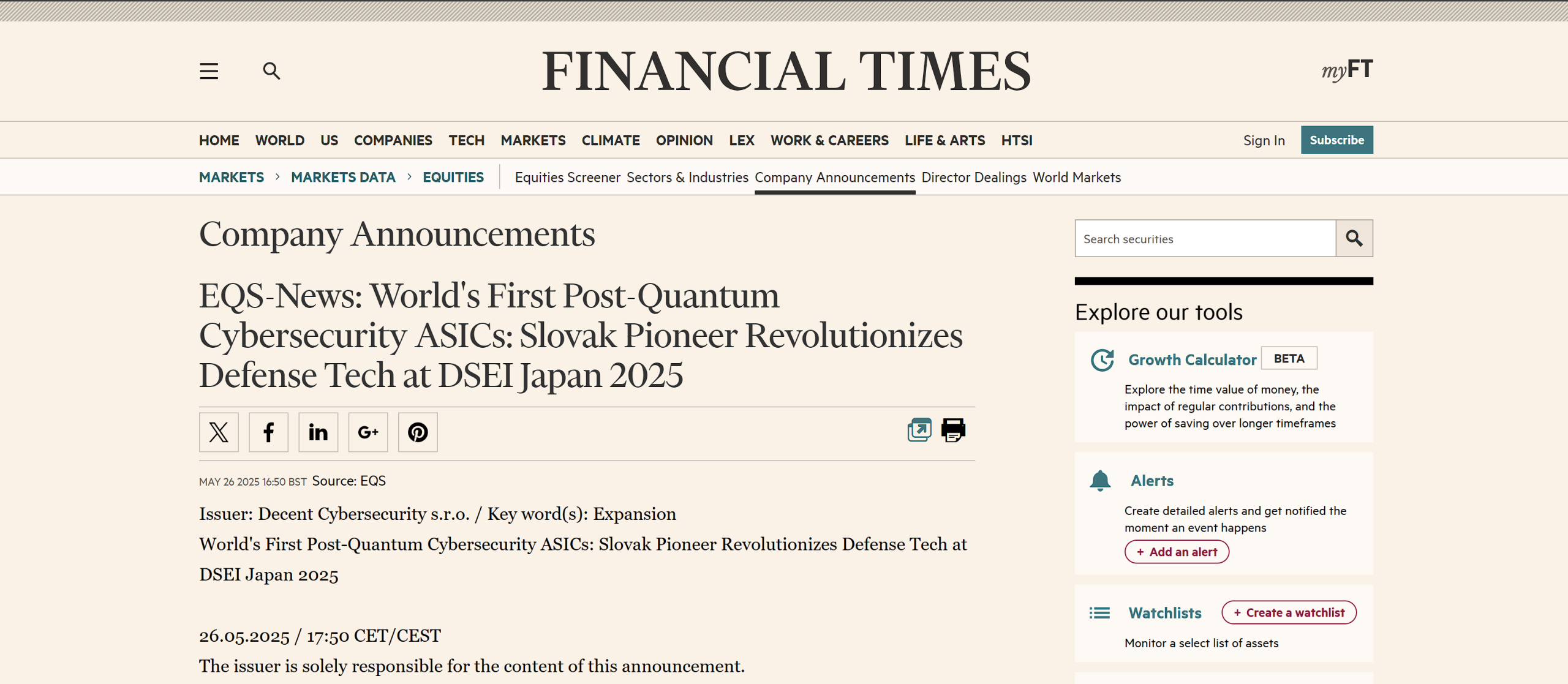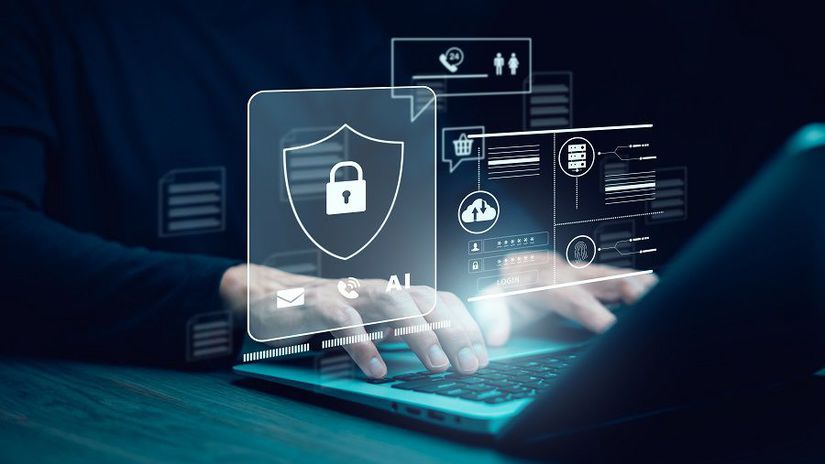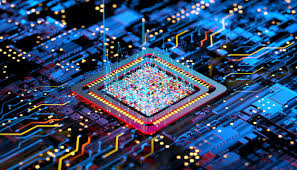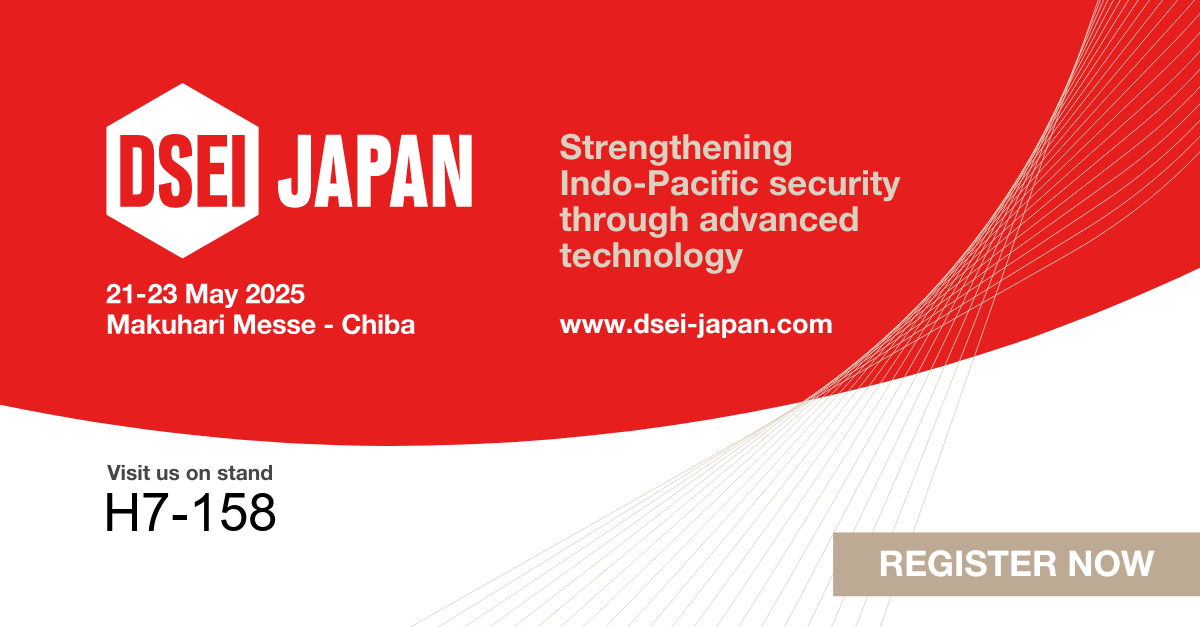In the burgeoning landscape of unmanned aerial systems (UAS), managing and securing the airspace has become more crucial than ever. Remote Identification (Remote ID) systems have emerged as a pivotal tool in this regard, providing a “digital license plate” for drones. However, with the increasing complexity and volume of drone operations, traditional Remote ID systems face challenges in terms of data integrity, security, and privacy. Blockchain technology, known for its decentralized, immutable, and transparent nature, offers a groundbreaking solution. This article explores the multifaceted role of blockchain in enhancing Remote ID systems, ensuring secure, efficient, and compliant drone operations in national and international airspaces.
Introduction to Remote ID and Its Necessities
Remote ID serves as a foundational element in modern drone airspace management, offering real-time identification and tracking of drones. This system is not only crucial for maintaining operational safety but also for enabling accountability and compliance with airspace regulations. However, the increasing density of drone operations necessitates a more robust, secure, and scalable solution to manage this complex ecosystem.
The Advent of Blockchain in Remote ID Systems
Blockchain technology, with its inherent qualities of immutability, decentralization, and encryption, presents a compelling solution to the limitations of traditional Remote ID systems. Its application in Remote ID can revolutionize the way drone operations are managed, monitored, and regulated.
Enhancing Data Integrity and Security
Blockchain’s immutable ledger ensures that once data, such as flight paths, drone IDs, and operator information, is recorded, it cannot be altered. This feature is crucial in building a trustworthy system where data integrity is paramount for safety, compliance, and dispute resolution. Moreover, the cryptographic protection of data ensures that sensitive information remains secure from unauthorized access and cyber threats.
Decentralization and System Resilience
Unlike centralized systems that are susceptible to single points of failure, blockchain operates on a decentralized network. This architecture enhances the resilience of Remote ID systems, ensuring consistent availability even in the face of operational disruptions or cyber-attacks. Furthermore, it democratizes the management of airspace, allowing multiple stakeholders, including regulators, operators, and service providers, to participate in a unified ecosystem.
Privacy and Selective Transparency
Balancing transparency with privacy is a significant challenge in Remote ID systems. Blockchain addresses this by allowing data to be encrypted and selectively shared with authorized parties. Smart contracts can automate data-sharing processes, ensuring that only stakeholders with the necessary permissions can access specific information, thus upholding the privacy of drone operators and sensitive missions.
Real-Time Data Sharing and Operational Efficiency
Blockchain facilitates the real-time sharing of data across a network. In the context of Remote ID, this means instant access to drone flight information, enhancing situational awareness for all airspace users. This real-time capability is crucial for dynamic airspace management, enabling quick responses to potential conflicts, unauthorized drone operations, or emergency situations.
Interoperability and International Standards
As drone operations become increasingly global, the need for interoperability and standardization across different jurisdictions and systems becomes apparent. Blockchain offers a standardized framework for Remote ID, ensuring seamless communication and compatibility across borders and diverse regulatory environments. This fosters international collaboration and simplifies compliance for cross-border drone operations.
Challenges and Considerations
While the integration of blockchain into Remote ID systems presents numerous benefits, it also poses challenges. These include technological complexities, regulatory acceptance, scalability issues, and the need for a robust infrastructure. Addressing these challenges requires collaborative efforts among regulators, industry stakeholders, and technology providers.
Conclusion
Incorporating blockchain technology into Remote ID systems signifies a paradigm shift in drone airspace management. It promises enhanced security, operational efficiency, and compliance, paving the way for a future where drones play an integral role in various sectors, from delivery services to emergency response. As the technology matures and stakeholders work towards resolving implementation challenges, blockchain-integrated Remote ID systems stand poised to set a new standard in the safe and efficient management of our skies.
